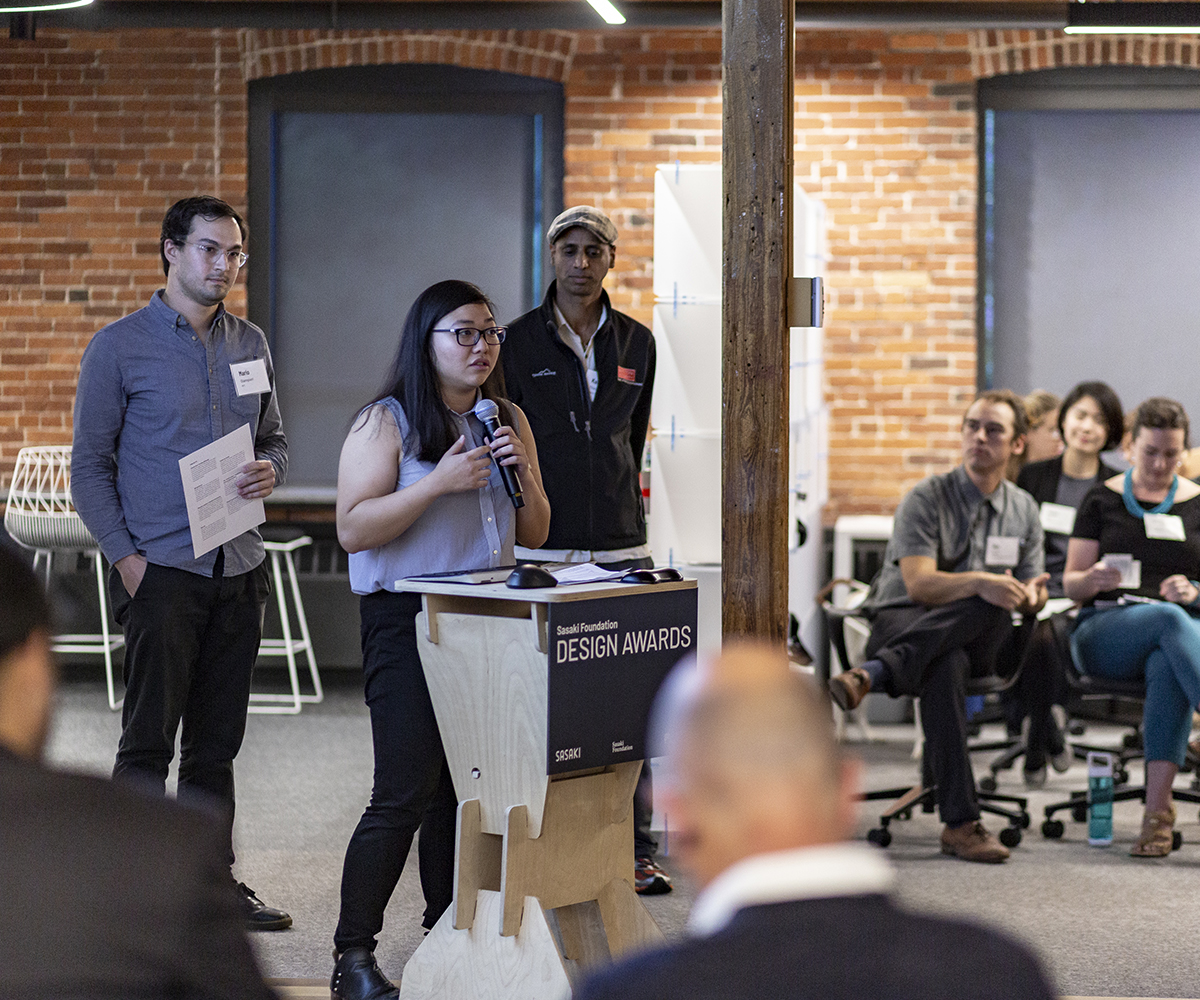January 8, 2019
Coffee with the Cohort: Meet Eastie for Eastie
Alicia Deluga (Mosesso)
Alicia connected with Kannan Thiruvengadam, director of Eastie Farm. His team’s project, Eastie for Eastie, promotes using land pooling, land readjustment, and community land trusts as an alternative to displacement due to rising sea levels and intensifying development pressure in East Boston.
Alicia: Thank you for taking the time to chat more about Eastie for Eastie! What was the biggest inspiration behind your project?
Kannan: Climate change provides the motivation, but the inspiration comes from the wisdom communities have in solving their own problems. The people of East Boston are a tight-knit coastal community who take pride in their history and the consequent ethnic and socioeconomic diversity. Currently, the community is experiencing displacement due to rising real estate costs (without a rise in the wages of the people who live there). Even as people struggle to stay in their homes, many in the community are likely to experience severe hardships as climate change accelerates and their homes go through worsening stages of flooding, ranging from nuisance flooding to chronic inundation. They are also likely to be saddled with mandatory flood insurance premiums along the way (this is already starting to happen). This hits an already low-means population particularly hard as they do not have options for alternate homes.
Alicia: I love how you phrased that; “the inspiration comes from the wisdom communities have in solving their own problems.”. That is an incredible catalyst for change. To that end, what is one of your favorite things about your work on this project?

Eastie for Eastie. Pitch Night
Kannan: First, East Boston: it’s a beautiful neighborhood, with a caring community. And second, the nature of the problem: given the size and pace of climate change, it appears it’s still a monster that most of the world does not exactly know how to deal with, especially when the demographics of a climate-threatened neighborhood offer an additional dimension of complexity. In addition, we have cultural constraints and habits that limit our ability to cope. This makes this problem a cutting edge one.
Alicia: For sure. What are the various ways folks can get involved in your work?
Kannan: By meeting with us in person and sharing their perspectives with us. We are regularly present at the East Boston library and other venues in the neighborhood, and are publishing our meeting schedules through the library’s social media outlets. They can also get in touch by writing to eastie@sasakifoundation.org. Furthermore, people are invited to participate in the design discussions we are planning for 2019. And this summer, we would love feedback on what we come up with after engaging with the community and having worked on the project for 9 months. Finally, we encourage everyone to take this work forward through whatever means are available to them.
